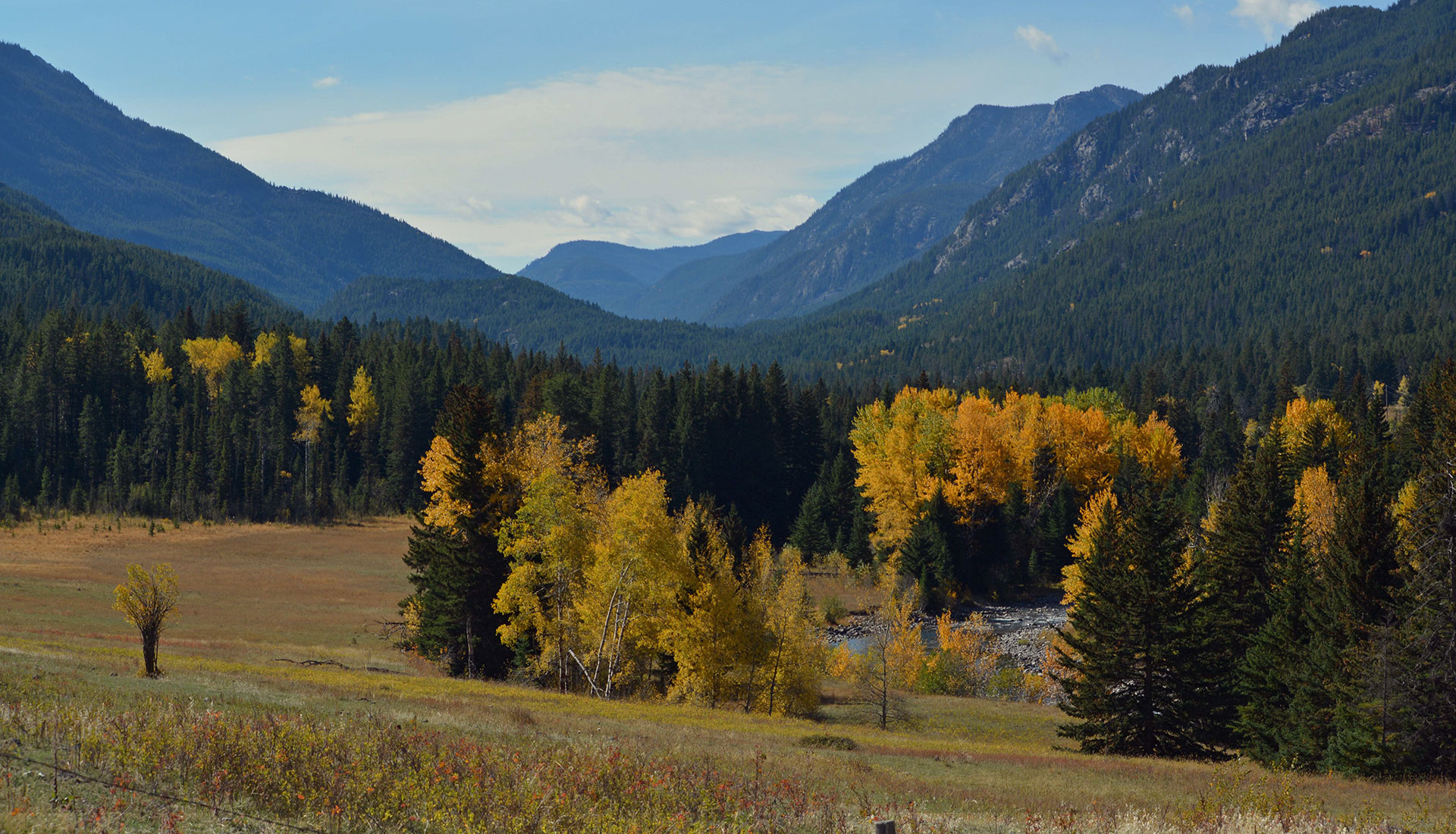Getting Started in Fly Fishing for Trout
 Getting Started in Fly Fishing for Trout
Getting Started in Fly Fishing for Trout
“Man, fly fishers carry a lot of stuff”. That was a buddy of mine years ago on the Chama River in Northern New Mexico. He hadn’t trout fished much and had zero experience with a fly rod. So when he noticed a man on the far bank adjusting his knee pads before rigging up his second rod, amongst, what I could only describe as a plethora of fly boxes, I could hardly argue his point.
I once asked my brother, who would not describe himself as a fly fisherman, what he thought would keep most people from picking up the hobby. He told me that it was expensive and that he wouldn’t know what to get. That got me thinking about what a person, with no gear or knowledge whatsoever, would need to hit the water. This article will go through my 9 essentials to get anyone started in fly fishing.
- Rod
- Regardless of what you may think, you cannot fly fish without a fly rod. A quick google search will reveal dozens of manufacturers amongst hundreds of different models, lengths, weights, etc. We could spend an entire article dedicated to the perfect length and weight for a particular species, but as a general rule of thumb get a rod between 8 and 9 feet in either a 4, 5, or 6 weight line for trout. Find a rod made by a reputable manufacturer with a good warranty and you will have yourself a winner.
- Reel
- Fly reels serve two purposes, to hold your fly line and equip a drag system. For 90% of all trout fishing you will only need your reel to hold your line. If you are targeting larger species such as pike and musky, or anything in the salt flats you will need a good drag system on your reel of choice. When shopping for a reel to fit your trout rod look for one that is: relatively lightweight, has a drag (just in case), and has a spool that you can remove. You can find all of these things in a fly reel for a moderate cost. For larger species expect to pay a bit more but know that the extra few dollars you spent on a drag system with a good reputation will help you land the big one when the time comes. As with your fly rod, reels will have different weight options so be sure to pick one that compliments your rod.
- Line
- You could drop a lot of money on a high end rod, feed it a low-end line and have a poor fly fishing experience. Fly lines come in all manners of tapers, head lengths, sink rates, and more but for the majority of fishing applications you will want a weight-forward floating line. Better quality lines will float better for longer and make your casting experience a better one as you learn. Pick a line that matches your rod weight. The box will have something along the lines of WF#F, meaning, Weight-Forward (line weight) Floating.
- Leaders
- Your fly line setup consists of a series of tapers in descending densities to help “load” your rod into the perfect cast. Backing, fly line, leader, and tippet are the 4 parts to any setup. Leaders, as with your rod, reel, and line, come in various lengths and weights but unlike the aforementioned tackle, the bigger the number on the package the smaller the weight tolerance. For trout you will use 4x-6x leaders more often than not in 7.5’ to 9’ lengths. I recommend getting started with a 9’ 4x leader and they’re cheap, so get the 3-pack.
- Tippet
- We are almost to the best part, flies! But before we go from leader to flies, we have to add a section of tippet. Yes I know, it is a funny word and it brings with it another knot that you will have to learn, but tippet is a vital piece of gear to have with you. Tippet extends the life of your leader but also is more difficult for fish to see than the tapered leaders. The taper is still important, however, so pick up a spool of tippet one size smaller than that of your leader. For example, if you have a 4x leader, pick up a spool of 5x tippet material.
- Pliers
- If you have ever fished before, whether with a fly rod or not, you will understand how versatile a tool that pliers are. A good pair of pliers, or hemostats, can pinch barbs on hooks, pull the hook out of a fish’s mouth and aid in tying knots. I once watched a buddy open a bottle with one. Pliers are an inexpensive and helpful streamside tool to add to your pack.
- Indicators
- Don’t let the big name fool you, an indicator is a fly fisherman’s term for bobber. Indicators are used for detecting strikes when fishing with subsurface flies, or nymphs. Like everything else in the sport there are lots of varieties in colors and sizes but I have never been caught without a couple of air-locks in my pocket while on a river. Be sure to grab a couple as you are sure to lose the screw-on caps rendering the indicator useless.
- Flies
- In my mind, the heart and soul of a fly shop, minus the people, is the fly table. Anyone who enters into a fly shop will be hard pressed not to at the very least glance at the rows of brightly colored streamers, heavy beaded nymphs, and hackled dry flies. As someone just getting their toes wet in the world of fly fishing, this can be overwhelming. The intricacies of trout and their diet will forever be a point of research and discussion amongst fishermen. With all of this in mind, seek counsel in the wisdom of your local fly shop and ask them to help you pick out a couple dozen flies that they would recommend on your water of choice. Fly shops are a wealth of knowledge so let them know that you are a new angler, they won’t bite, I promise, and let them teach you a thing or two about fly selection.
- Sunglasses
- Pick up a pair of polarized sunglasses before heading to the stream. Polarized lenses will give your eyes the ability to cut through the glare of the sun and allow you to “read” the water better. Believe it or not, sunglasses not only protect your eyes from the sun but also from the size 16 pheasant tail screaming towards your face at 60 MPH. Having a good pair of polarized sunglasses on your face, especially as you learn to cast, will help protect you from accidents on the water. You can’t catch fish from an emergency room.

Rod, reel, line, leader (3 pack), tippet, pliers, indicator, fly box, flies, sunglasses
Honorable mention: fingernail clippers,
Fly fishing is a sport that can fill a closet, or garage, with enough stuff to outfit the local Boy Scout troop for a day on the water. But investing in the above items and stuffing them into your pockets is a great place to start learning the sport of fly fishing. It’s a hobby that will leave you flustered and discouraged one day only to fill you with joy and contentment on the next. Get Out, Get Wyld. And remember, it’s a rod, not a pole.
OutWyld Contributor,
Caleb Barge



